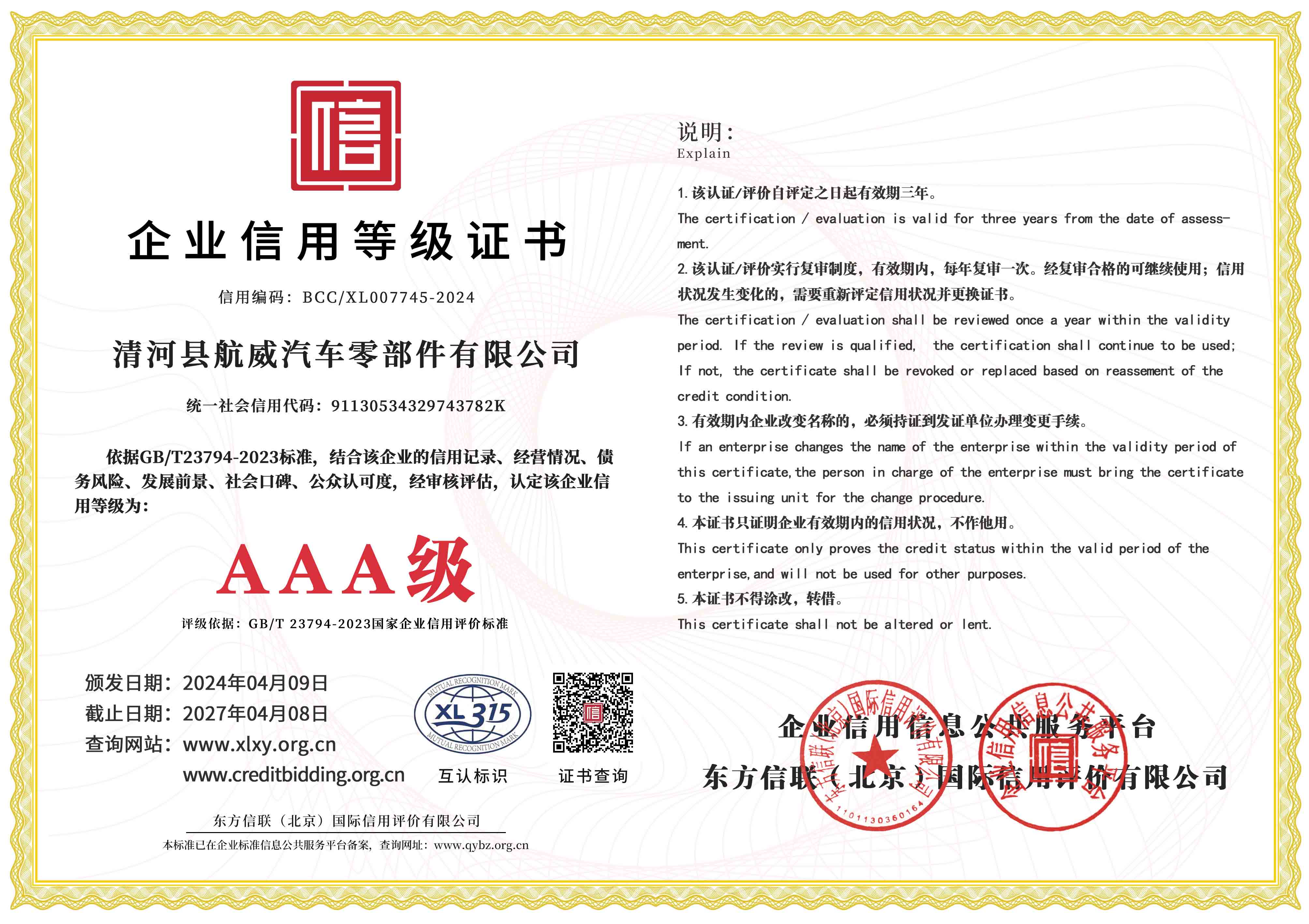wire throttle cable
Understanding Wire Throttle Cables Essential Components for Engine Performance
Wire throttle cables play a pivotal role in the functioning of automotive engines, enabling drivers to control their vehicles' speed and performance with precision. These cables serve as the connection between the accelerator pedal and the throttle body, translating the driver’s input into the engine’s response. While they may seem simple, wire throttle cables are critical components that contribute significantly to the overall efficiency and responsiveness of an engine.
At their core, wire throttle cables are designed to be durable and flexible, usually made from high-strength steel or other resilient materials that can withstand the stresses of repeated use. The construction of these cables includes a sheathing that protects the inner wire from environmental factors such as heat, moisture, and friction. This protection is essential for maintaining the integrity and functionality of the cable over time.
One of the key advantages of wire throttle cables is their straightforward installation and maintenance. Unlike electronic throttle control systems, which require complex electronic sensors and software programming, wire throttle cables can be easily installed or replaced with basic mechanical skills. This simplicity is particularly beneficial for classic car enthusiasts or those who prefer the tactile feedback of a mechanical throttle system.
wire throttle cable

Another important aspect of wire throttle cables is their contribution to driver engagement and control. Many drivers appreciate the direct connection that a mechanical throttle offers, providing a more responsive and intuitive driving experience. When the accelerator pedal is pressed, the cable pulls on the throttle body, allowing more air into the engine and thus increasing power. This immediate response can enhance the driving experience, especially in performance vehicles where precision is paramount.
However, wire throttle cables are not without their challenges. Over time, they can experience wear and tear, leading to fraying, stiffness, or even snapping. Regular inspection and maintenance are essential to ensure that the throttle cable operates smoothly. Signs of wear typically include a delayed response from the throttle, stiffness when pressing the pedal, or unusual noises during operation. It’s advisable for vehicle owners to replace the cable at the first signs of deterioration to prevent performance issues or potential safety hazards.
In conclusion, wire throttle cables are a fundamental yet often overlooked component of automotive engineering. They provide a direct and reliable means of controlling engine performance, enhancing the overall driving experience. By understanding the importance of these cables, vehicle owners can ensure their systems are well maintained, leading to improved performance and longevity of their engines. Whether for a classic car or a modern vehicle, the role of wire throttle cables remains indispensable in the world of automotive performance.
-
Workings of Clutch Pipe and Hose SystemsNewsJun.04,2025
-
The Inner Workings of Hand Brake Cable SystemsNewsJun.04,2025
-
The Secrets of Throttle and Accelerator CablesNewsJun.04,2025
-
The Hidden Lifeline of Your Transmission Gear Shift CablesNewsJun.04,2025
-
Demystifying Gear Cables and Shift LinkagesNewsJun.04,2025
-
Decoding Clutch Line Systems A Comprehensive GuideNewsJun.04,2025
